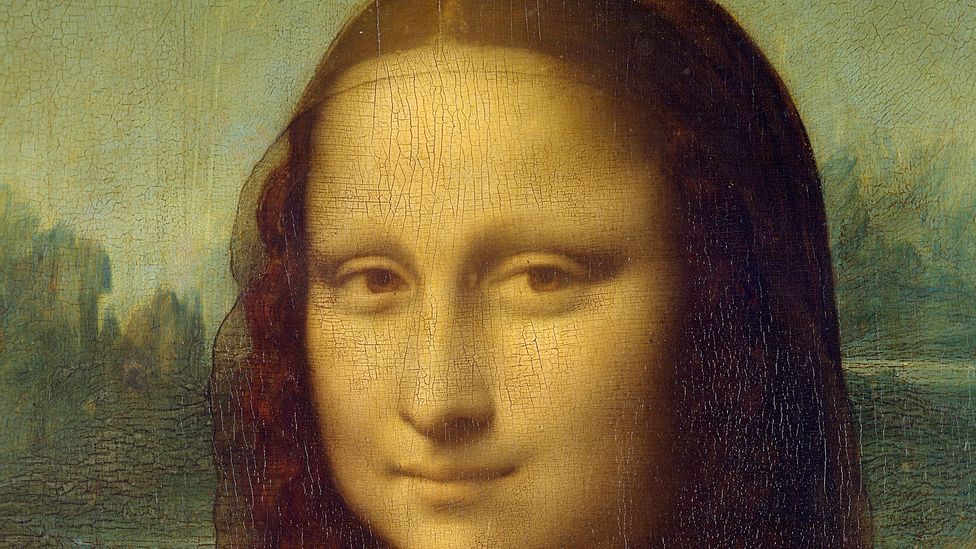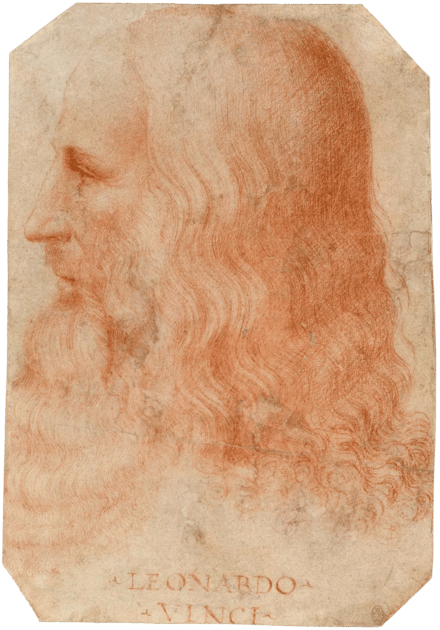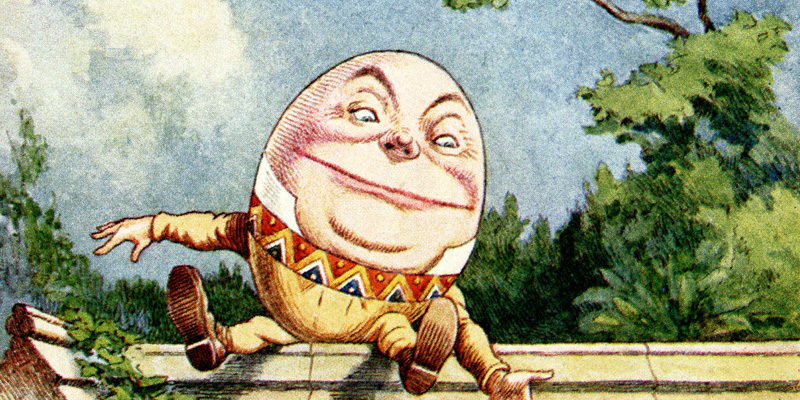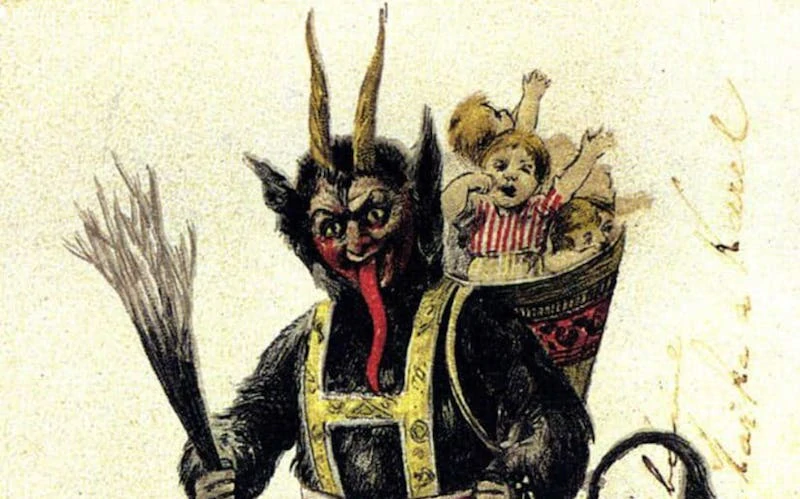Last updated on January 30th, 2023 at 11:31 pm
The Mona Lisa is one of the most famous paintings in the world, but her identity has remained a mystery for centuries. Some people believe that she was based on a historical figure, while others think she was entirely fictional.
Let’s look at some of the theories about her identity and discuss what researchers have uncovered over the years. Stay tuned to discover the answer to this mystery.

Known History of The Mona Lisa
The Mona Lisa was painted by Leonardo Da Vinci between 1503 and 1506. While Da Vinci is known as a mathematician, artist, inventor, architect, and cartographer, perhaps his painting may be more memorable than the man himself.
Historical sources point to the Palace of Fontainebleau as the first home of the famous painting. The painting hung in Napoleon’s bedroom for a time, but that did not last long.

The painting currently hangs in the Louvre Museum in Paris, France, and has been there on display since 1797. When Da Vinci made the painting, the Virgin Mary was the ideal woman, which is why the painting resembles early Renaissance art.
Thieves Have Tried To Steal It
It is one of the most valuable pieces of artwork globally and has been the target of multiple attempted thefts. In 1911, it was stolen by an Italian man named Vincenzo Perugia, a Louvre employee, who hid the painting under his clothes and walked out.
At the time, many rumors surrounded the theft claiming that Germany was behind it. Unfortunately, investigators could not determine where the painting had disappeared. The bold nature of its theft truly stunned the art community.
Authorities returned it two years later after Perugia tried to sell it in Italy. Apparently, in November of 1913, an Italian art dealer named Alfredo Geri received a letter from someone calling themselves Leonardo. The letter mentioned the Mona Lisa and that it was in Florence and would be returned after Geri paid a hefty ransom. When Perugia tried to collect on his threats, the authorities arrested him.
Vandals Have Tried To Destroy It
Unfortunately, it seems that when an artist creates something of beauty and value, people will go to great lengths to try and destroy it.
A man threw acid on the lower half of the painting, severely damaging it, while it was on display at a museum in Montauban, France in 1956.
On December 30th of the same year, a Bolivian man named Ugo Ungaza Villegas threw a rock at the painting that chipped a noticeable speck of paint from the elbow.
Other attempts at vandalism happened while the painting was on tour. For instance, in 1974, a woman upset by the museum’s policy for disabled patrons tried to spray red paint on the painting while it was on display at the Tokyo National Museum. Since then, the Mona Lisa has been held safely behind a bulletproof glass case.
Mona Lisa’s True Identity
Throughout history, many assumptions and theories have been made about the Mona Lisa’s true identity. Some say she was a prostitute. Others say she was a noblewoman. Some say the woman was Leonardo’s mother or secret lover. But unfortunately, speculation will only get us so far.
Today, technological advances have provided us an edge over earlier researchers.
Despite the backlash he received, a well-known art historian named Vasari from the 16th century said that the Mona Lisa was the wife of a wealthy businessman who lived in Florence, Italy.
However, it wasn’t until 2005 that a manuscript containing vital evidence to support his claim was found in a stack of ancient books at the University of Heidelberg in Germany. By studying the book and its contents, researchers determined that it belonged to Vespucci, a good friend of Da Vinci’s.
The Wife of A Wealthy Merchant
As the library pieced together the discovery, there was still doubt about its validity. Finally, Dr. Armin Schlechter, a historian for the University, discovered that a margin note in the book Agostino Vespucci from October 1503 solidifies his findings.
The note identifies the Mona Lisa as none other than Lisa del Giocondo, the third wife of Francesco del Giocondo, a renowned silk merchant whose family lived in Tuscany and Florence.
Lisa Gherardini was born on June 15th, 1479, and was the oldest of all her seven siblings. She came from a formerly wealthy family, that lost their influence over time. This was during the early stages of the Renaissance.
On March 5, 1495, a 16-year-old Lisa married Francesco del Giocondo, a wealthy Florentine textile merchant. Francesco benefited from marrying Lisa because of her family’s former status, and the fact that her dowry consisted of 170 gold Florins and a farm.
Lisa enjoyed the benefits of marrying into the Giocondo family and her new high social status.
The Reason For Painting The Mona Lisa
Historians believe that the painting was commissioned to celebrate a new child for the couple’s new home. The couple would go on to have five children.
Then, on March 5, 1503, Lisa and Francesco moved to an apartment near the Via Della Stufa, where Piero da Vinci, Leonardo’s father, lived. It wouldn’t take long for Piero and Lisa to become close friends.
It was common among wealthy families to immortalize events in paintings, and so this was something the Giocondos regularly did. In 1503, Francesco invited four artists to portray Lisa del Giocondo, and Leonardo was one of them.
Sources say that it took Leonardo approximately ten years to complete the Mona Lisa, which depicts her gentleness and faithfulness.
According to scholars, Leonardo did not give the portrait to the Lisa del Giocondo due to a series of disputes between Florence’s wealthy families.
Other sources suggest that Leonardo kept the picture with him because he wasn’t paid for the artwork.
Who was the Mona Lisa?
The identity of the Mona Lisa has been debated for centuries, but with recent discoveries, we now know she was a real person. Lisa Gherardini was immortalized in one of the world’s most valuable paintings by Leonardo da Vinci.
There have been many attempts to recreate the masterpiece, but only one original exists. So even though we know her identity, she will always be the Mona Lisa.

